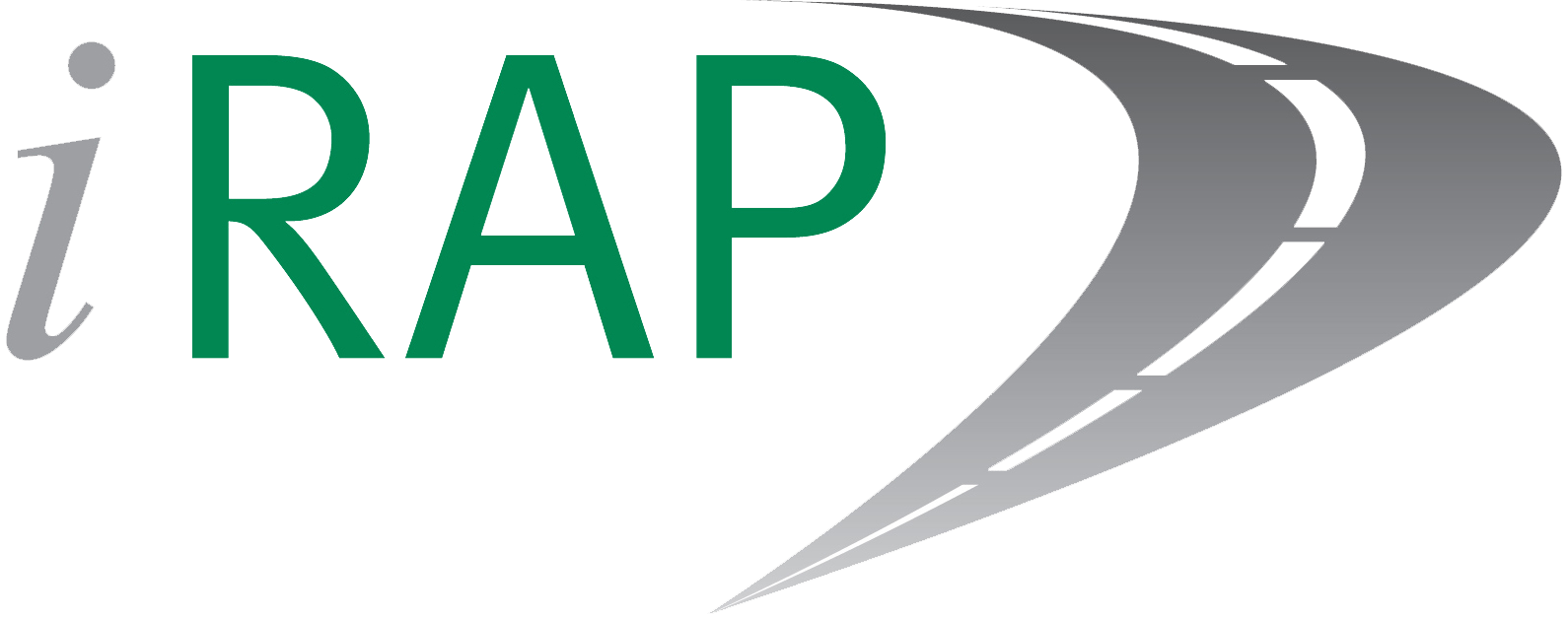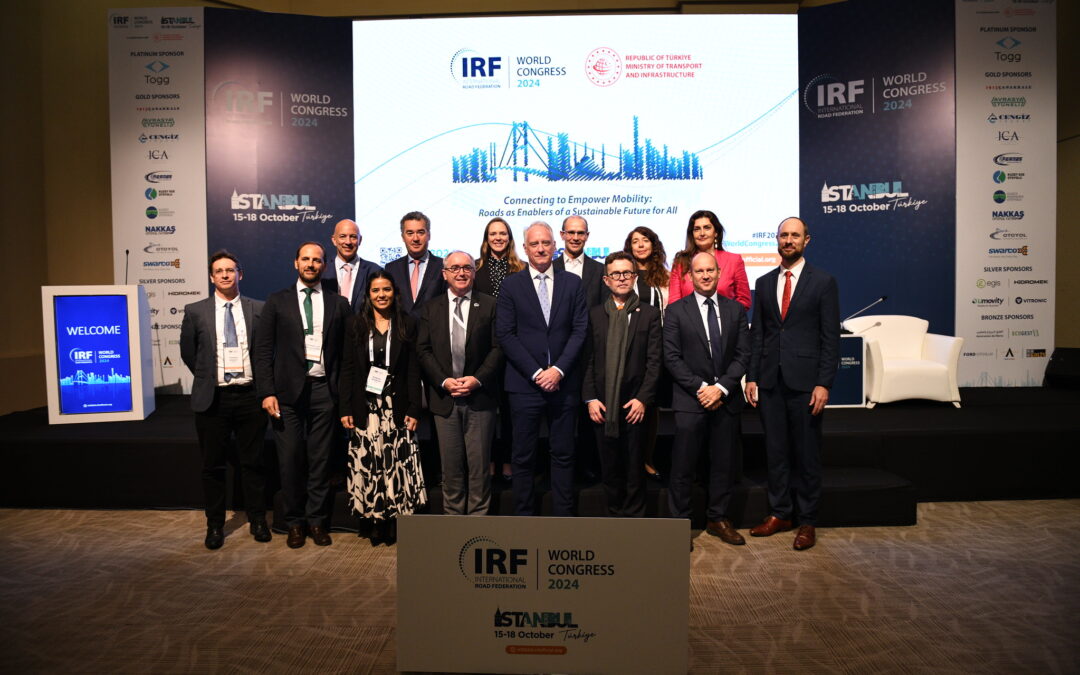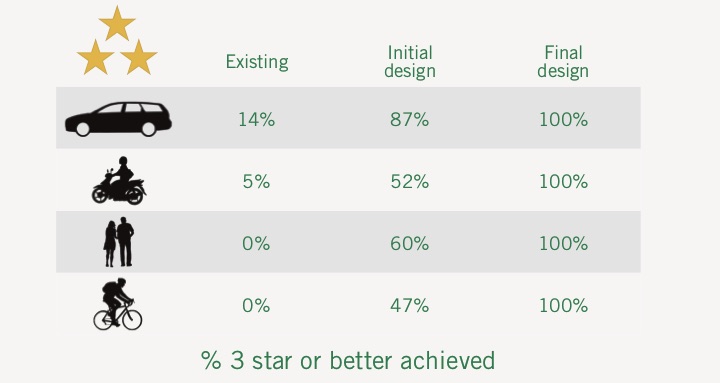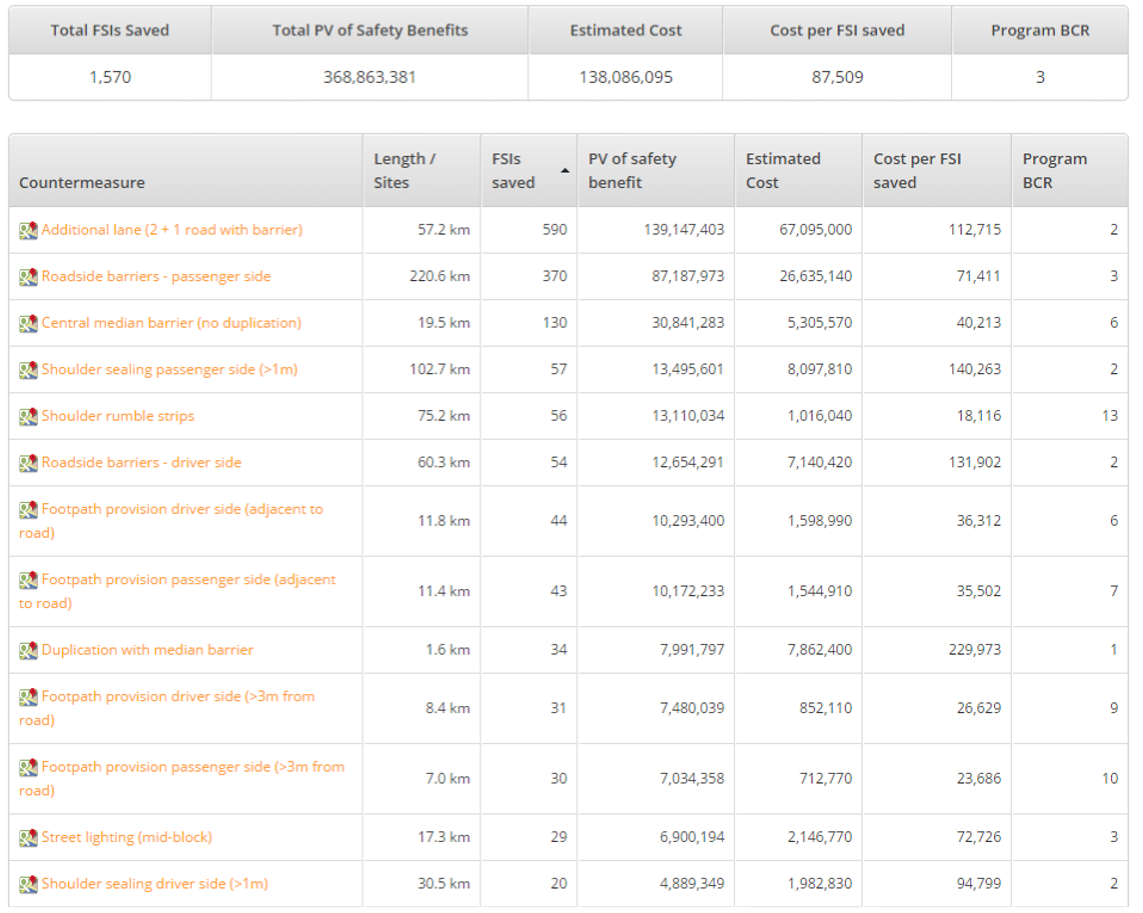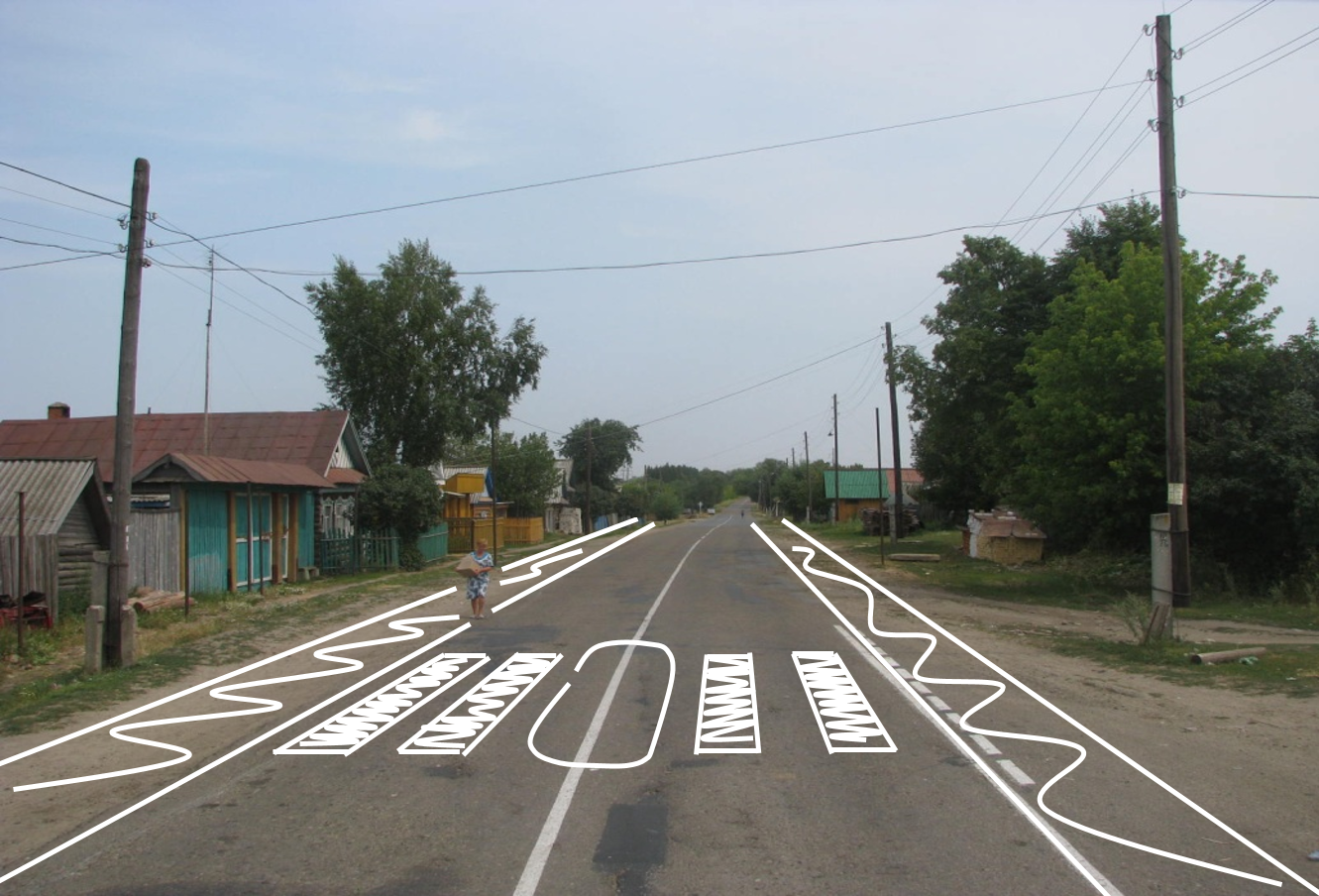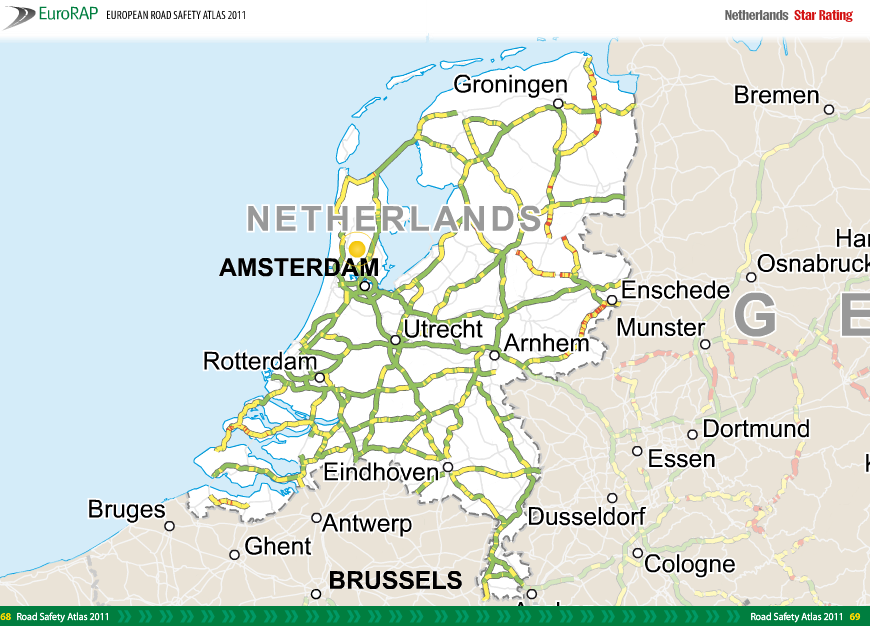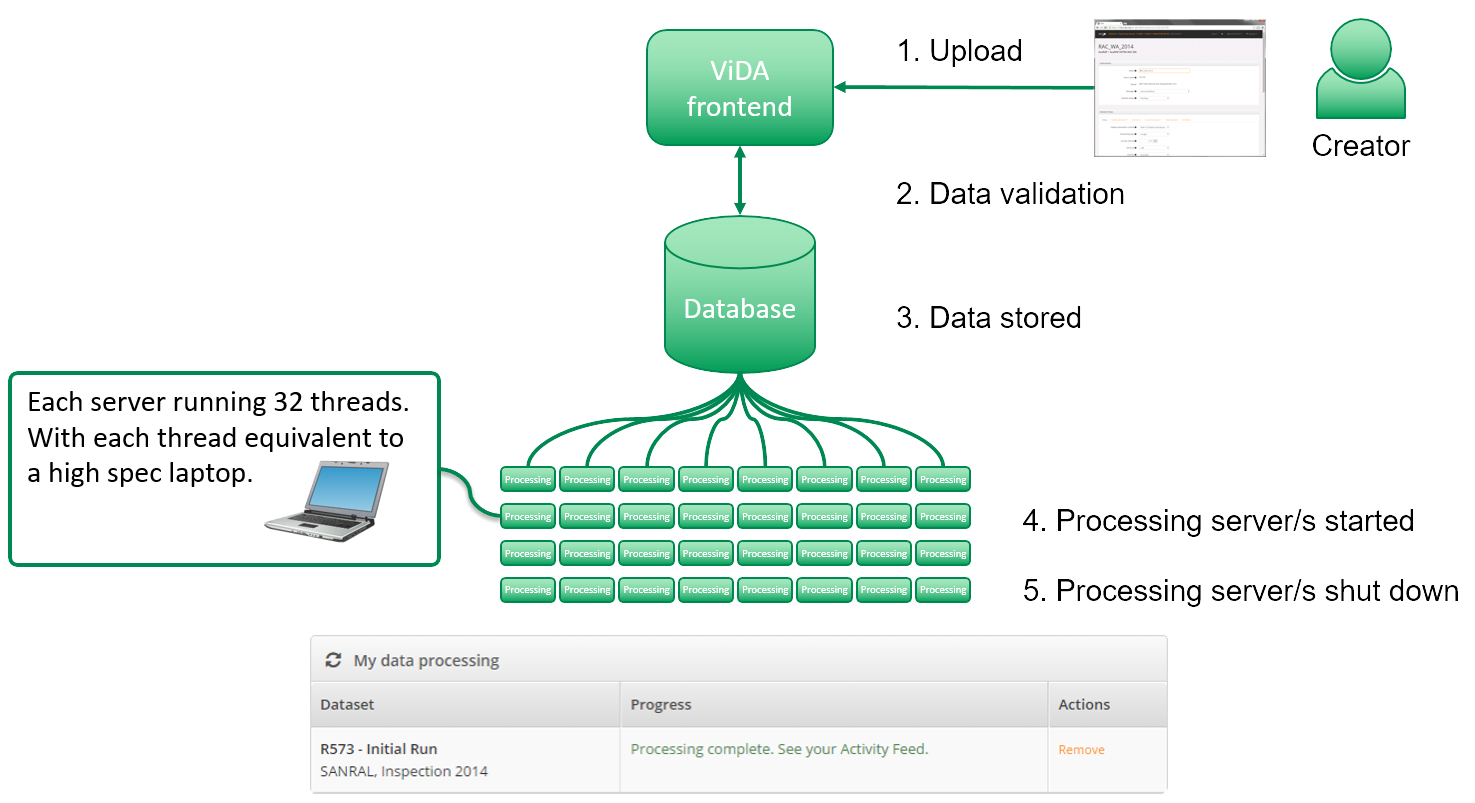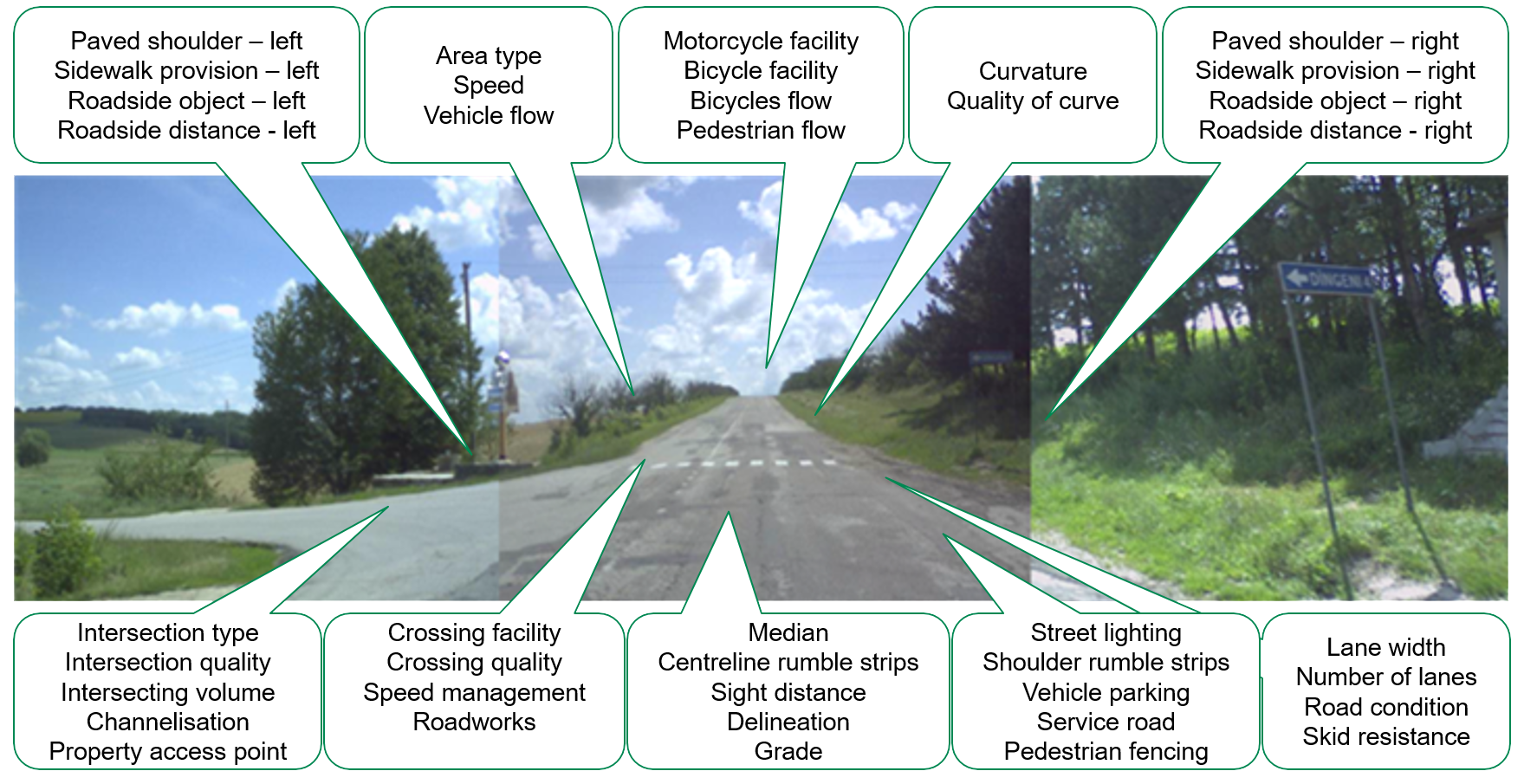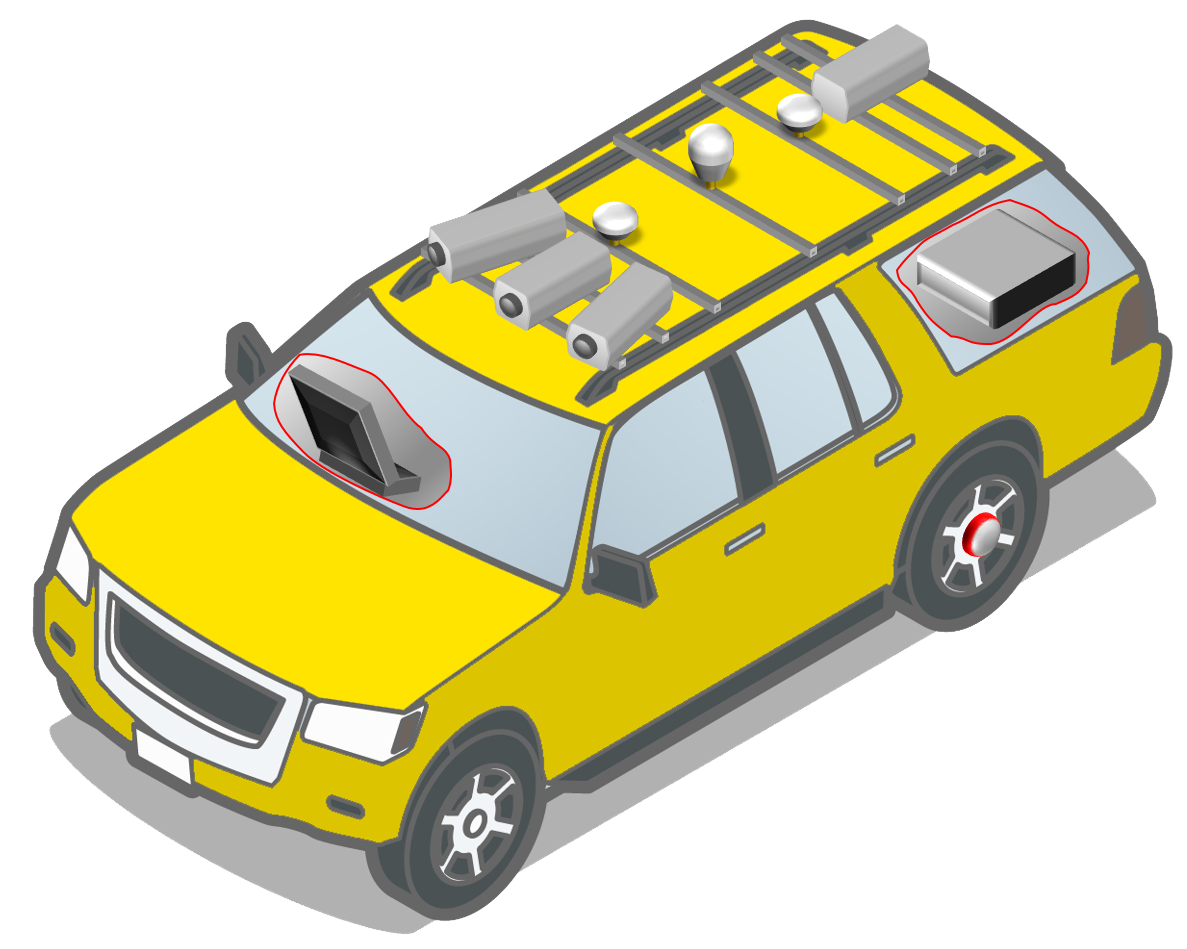No Congresso Mundial da IRF é Istambul ontem, iRAP e a Federação Internacional de Estradas (IRF) organizaram uma primeira Mesa redonda de alto nível: moldando o futuro dos projetos rodoviários para uma mobilidade segura e sustentável.
O diálogo fundamental foi moderado por Jamie Leather, chefe do setor de transportes do Banco Asiático de Desenvolvimento (BAD) e reuniu representantes da ALEATICA, Arup, Fundação FIA, Banco Europeu para Reconstrução e Desenvolvimento (BERD), iRAP, BAD, ORIS, Banco Mundial, PIARC, Youth for Road Safety (YOURS), Banco Europeu de Investimento (BEI), IRF e AMEND — agências líderes que trabalham na vanguarda da segurança da infraestrutura rodoviária global.
Os Objetivos de Desenvolvimento Sustentável (ODS) estabelecem uma meta de reduzir pela metade as mortes e os ferimentos nas estradas em todo o mundo até 2030, e o projeto de estradas seguras será fundamental para atingir essa meta e uma infraestrutura mais segura, sustentável e resiliente.
A Meta 3 da ONU inclui garantir que todas as novas estradas sejam construídas com um padrão de 3 estrelas ou superior para todos os usuários das estradas.
O Plano Global para a Década de Ação pela Segurança no Trânsito recomenda a realização de classificações por estrelas e auditorias de segurança no trânsito em todos os projetos para garantir um padrão mínimo de três estrelas ou mais para todos os usuários das estradas, enfatizando a necessidade de gerenciamento de velocidade e investimento.
Envolvida em promover a segurança no projeto rodoviário global, a Mesa Redonda procurou alinhar as prioridades à medida que avançamos em direção ao 4ª Conferência Ministerial Global sobre Segurança Rodoviária no Marrocos em fevereiro e acelerar o progresso em direção ao alcance dos ODS.
Os participantes compartilharam melhores práticas, estratégias e projetos em andamento, além de obstáculos percebidos e oportunidades para aumentar a segurança dos projetos de estradas.
Veja o programa da sessão e os palestrantes aqui. Foram colocadas as seguintes questões:
- O que precisa mudar para fechar a lacuna de segurança no projeto de estradas?
- O que são projetos seguros e o que eles significam para as comunidades?
- Onde foram implementados projetos de estradas seguras e o que podemos aprender com eles?
- Quais são os maiores desafios para implementar projetos de estradas seguras?
- Como soluções inovadoras podem ajudar a preencher a lacuna entre as necessidades e restrições de segurança?
- Como podemos garantir que os projetistas de estradas tenham o treinamento e a experiência necessários para incorporar princípios de segurança em seus projetos?
- Como a segurança pode ser integrada à sustentabilidade e à resiliência nos projetos?
- À medida que nos aproximamos da 4ª Conferência Ministerial Global sobre Segurança Viária no Marrocos, quais são nossas prioridades?
Alguns dos insights compartilhados na Mesa Redonda:

- “Estabelecer padrões mínimos de design de 3 estrelas é a maior prioridade para trazer resultados.” Nicolas Miravalls, CEO, ORIS Materials Intelligence
- “A segurança é nosso primeiro pilar e é muito importante porque frequentemente os contratos não incluem adequadamente a segurança nas estradas. Existem ingredientes-chave para garantir que a segurança mínima nas estradas seja incorporada de forma eficiente e estruturada – evidências extraídas de dados, indicadores-chave de desempenho, um plano forte e colaboração das partes interessadas. Usamos as classificações por estrelas iRAP para identificar e gerenciar riscos e informar medidas de segurança mitigadoras em nossas concessões.” Antonio Pinilla, Diretor Global de Segurança nas Estradas, ALEATICA.
- “O design deve refletir as prioridades e preocupações das comunidades locais, não ser apenas uma via rápida para atender às prioridades de transporte.” Jamie Leather, Diretor, Escritório do Setor de Transporte, ADB
- “Como usuário da estrada, você não deve ser punido por um erro. Projetos seguros protegem.” Avi Silverman, Diretor Adjunto, Fundação FIA
- “A implementação pode ser desafiadora quando se trata de alinhar padrões.” Jamïe Leather, ADB
- “Precisamos de um maior envolvimento das partes interessadas.” Ekaterina Miroshnik, Diretora, BERD
- “Para o Projeto de Segurança Rodoviária da Montanha Shaanxi na China, usamos a metodologia iRAP para selecionar as estradas a serem melhoradas e isso nos deu a evidência para compartilhar com o Ministério as prioridades de investimento.” Rebecca Stapleton, Especialista Sênior em Transporte, ADB
- “Enfrentamos desafios. O que está no padrão nem sempre é a opção mais segura ou mais barata para construir. Os projetistas de estradas e clientes precisam abordar o projeto de estradas de uma maneira diferente e achamos que a metodologia iRAP nos dá as evidências importantes de que precisamos. Há tensões para gerenciar o apetite político e comunitário por novas estradas e atualizações. Temos uma oportunidade de reduzir velocidades e riscos conectando as agendas de saúde pública, descarbonização e viagens ativas.” Chris Furneaux, Diretor e Líder de Transporte de Midlands, Arup
- “O envolvimento programático com governos e empréstimos baseados em resultados é uma solução importante e um caminho a seguir.” Jamie Leather, ADB
- “Os países precisam implementar regulamentações para auditorias e padrões mínimos de segurança. Há uma falta de padrões adequados baseados em resultados em países para segurança rodoviária. Nós defenderíamos projetos que elevassem os padrões de design locais e, uma vez feito, os bancos de desenvolvimento podem fornecer assistência técnica. Mas isso precisa ser feito no nível do país, não em uma base de projeto por projeto.” Andres Pizarro, Chefe do Setor de Transporte – Sul da Ásia, Sudeste Asiático, Pacífico e Região da África Subsaariana, AIIB
- “Apesar do iRAP 3 estrelas de melhor padrão, atualizações de treinamento e manuais, etc., melhorias de estradas ainda estão sendo construídas de forma insegura. O envolvimento da comunidade é essencial para defender a segurança de suas estradas. Trabalhamos com agências rodoviárias há muito tempo e fornecemos suporte pro bono desde 2012. É difícil equilibrar salvaguardas, orçamento, cronogramas e agendas políticas e garantir a supervisão dos contratados. A consulta à comunidade é essencial.” Tom Bishop, Diretor Adjunto, AMEND
- O projeto de estradas mais seguras ao redor das escolas é uma prioridade para os jovens vulneráveis.” Avi Silverman, Diretor Adjunto, Fundação FIA
- “Envolver os jovens é importante, pois eles são os mais vulneráveis em nossas estradas. Eles são conectados à tecnologia, digitalmente experientes, ativistas apaixonados e estão impulsionando o progresso social.” Raquel Barrios, Diretora Executiva, YOURS
- “A realidade é que poucos padrões de design levarão você ao mínimo de 3 estrelas. Se você puder incluir KPIs no processo de design, poderá mudar o comportamento dos designers. Você pode criar um ambiente propício, desenvolver capacidade local e dar a eles um mandato para entregar. Todas as ferramentas iRAP são completamente gratuitas. Não há razão para que todos os países não possam medir a classificação por estrelas de seus designs agora mesmo. Isso equivale a vidas e ferimentos salvos nas ruas. Podemos pedir pelo menos um compromisso para medir as classificações por estrelas dos designs agora mesmo. Isso terá um impacto mensurável na segurança.” Greg Smith, Diretor de Programa Global, iRAP
- “Há muitos recursos disponíveis para dar suporte aos países, mas é importante que o contexto, as regulamentações e o comportamento locais sejam levados em consideração e que o conteúdo seja localizado. Um diálogo entre especialistas internacionais e usuários locais é essencial. O Plano de Dez Passos para uma Infraestrutura Rodoviária Mais Segura tem sido valioso para fornecer a estrutura e o engajamento necessários para a entrega e o sucesso locais.” Patrick Mallejacq, Secretário Geral, PIARC
- “Os padrões de design geométrico são o elefante na sala. Alguns países da África Ocidental estão usando os padrões de design dos anos 1970 adotados na colonização. É essencial que comecemos por aí para atualizar os padrões informados pelas melhores práticas internacionais, alinhar manuais, desenvolver capacidade com um currículo universitário aprimorado para engenheiros e fornecer suporte programático para implementação. O IRF está lançando um registro internacional para auditores. O que acontece depois que uma auditoria fantástica é feita? Ela vai para a gaveta. Garantir a implementação é importante, o que a Abordagem dos Dez Passos apoia, assim como mentores para apoiar jovens engenheiros e designers.” Susanna Zammataro, Diretora Geral, IRF
- “Devemos analisar como a tecnologia pode ajudar. A tecnologia é ótima, mas uma abordagem sistemática é importante com base em uma abordagem de programa comprovada. Quando falamos sobre descarbonização, resiliência, etc., devemos ser baseados em evidências e alinhar os dados. iRAP é o ideal para a segurança nas estradas.” Nicolas Miravalls, ORIS
- “Acho que as auditorias devem ser uma parte essencial de todo projeto de estrada. É simples assim.”
- “Há um software disponível que lhe dirá se seu projeto é 1 estrela, 2 estrelas ou 5 estrelas para pedestres, ciclistas, motociclistas ou ocupantes de veículos. Esse software está disponível – o aplicativo web Star Rating for Designs. Ele lhe dirá quantas vidas e ferimentos você salvará com seu projeto. É gratuito e está disponível agora.” Greg Smith, iRAP
- “A 4ª Conferência Ministerial Global sobre Segurança Rodoviária” a ser realizada de 18 a 20 de fevereiro em Marrakesh é uma oportunidade. Teremos a sabedoria coletiva e o ímpeto de governos, ministros, agências de segurança rodoviária e ONGs no palco revisando o progresso feito na primeira metade da Década de Ação e decidindo as próximas prioridades e ações. Devemos usar esta oportunidade para garantir que o projeto de estradas seguras seja uma questão crítica discutida.” Jamie Leather, ADB
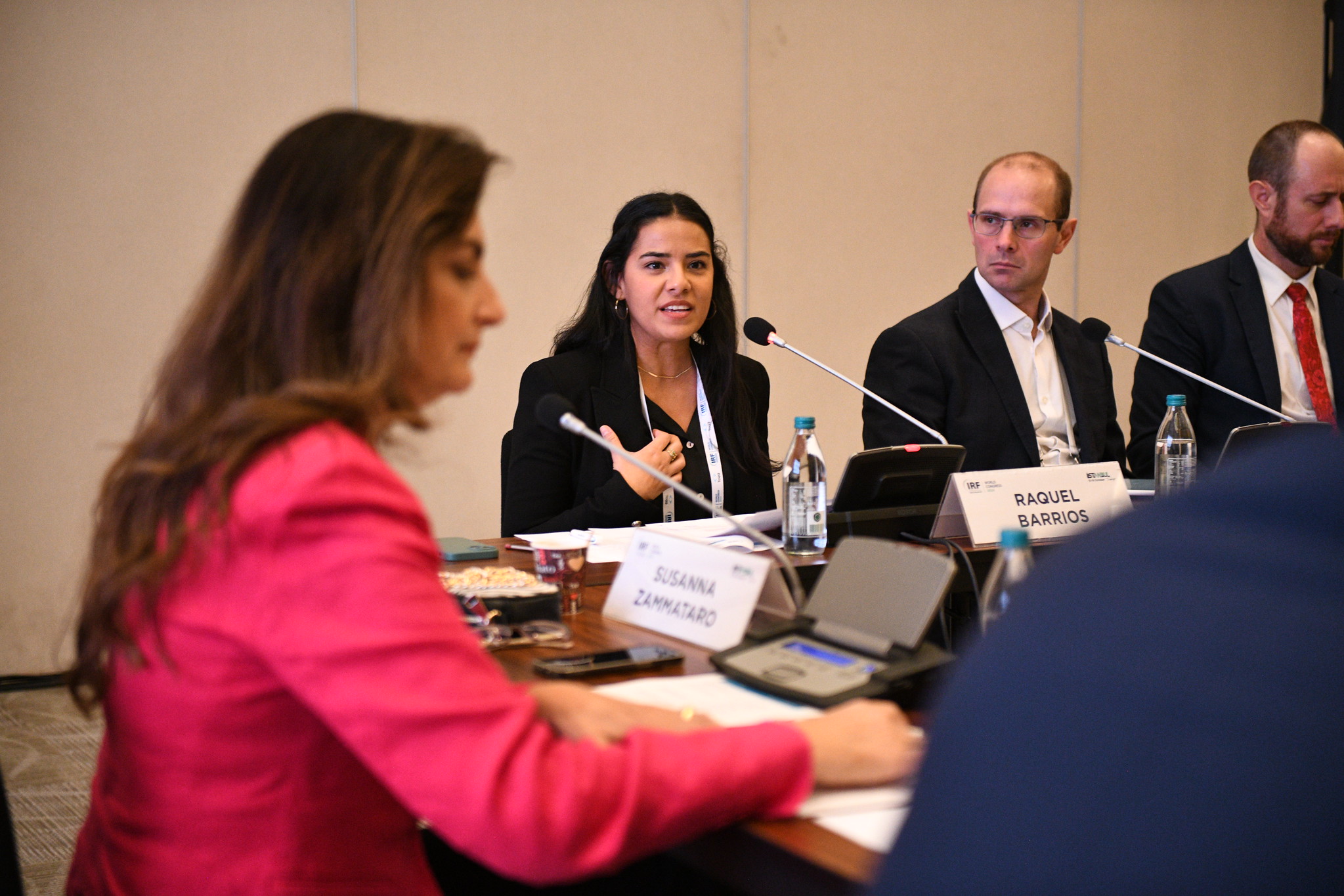
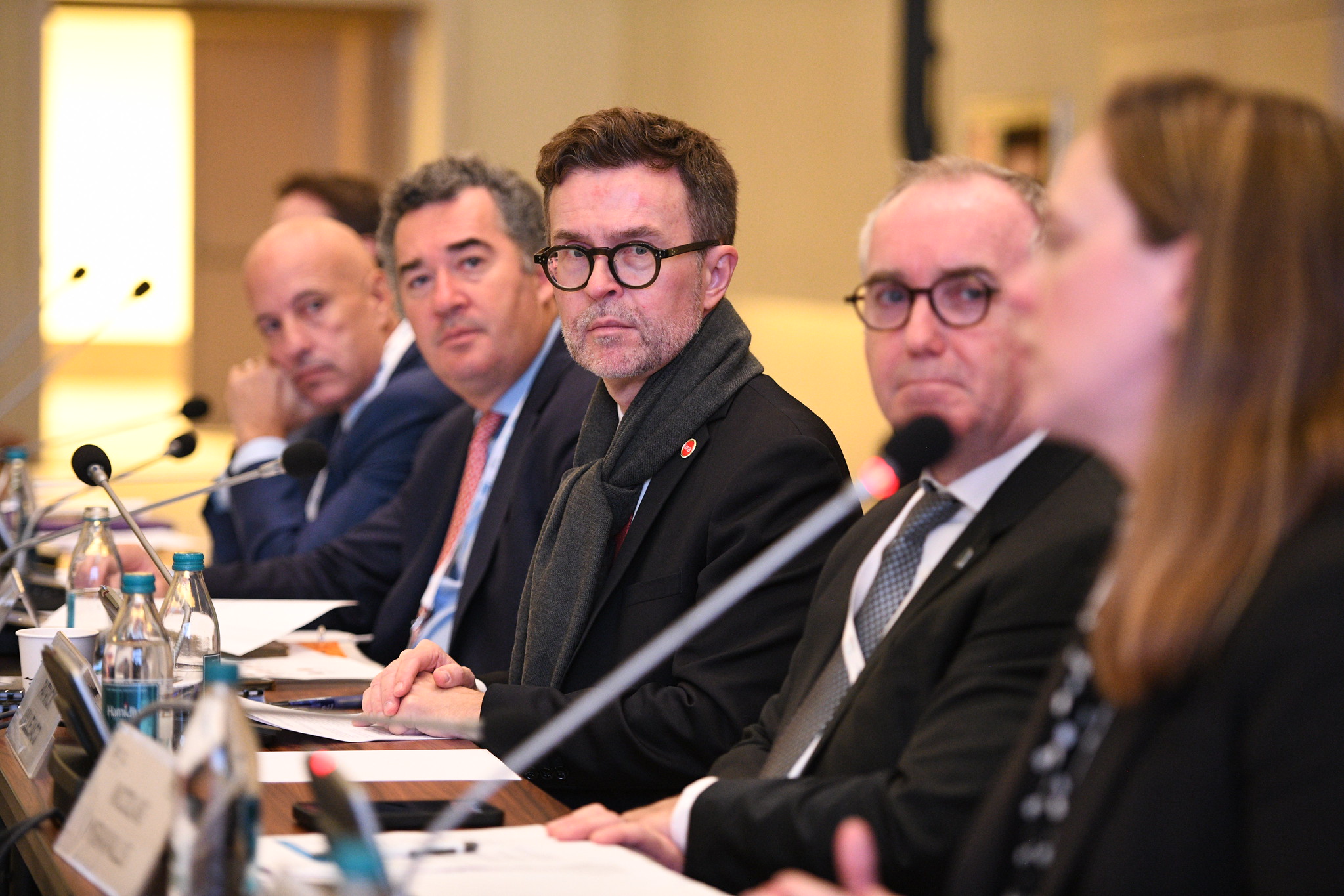
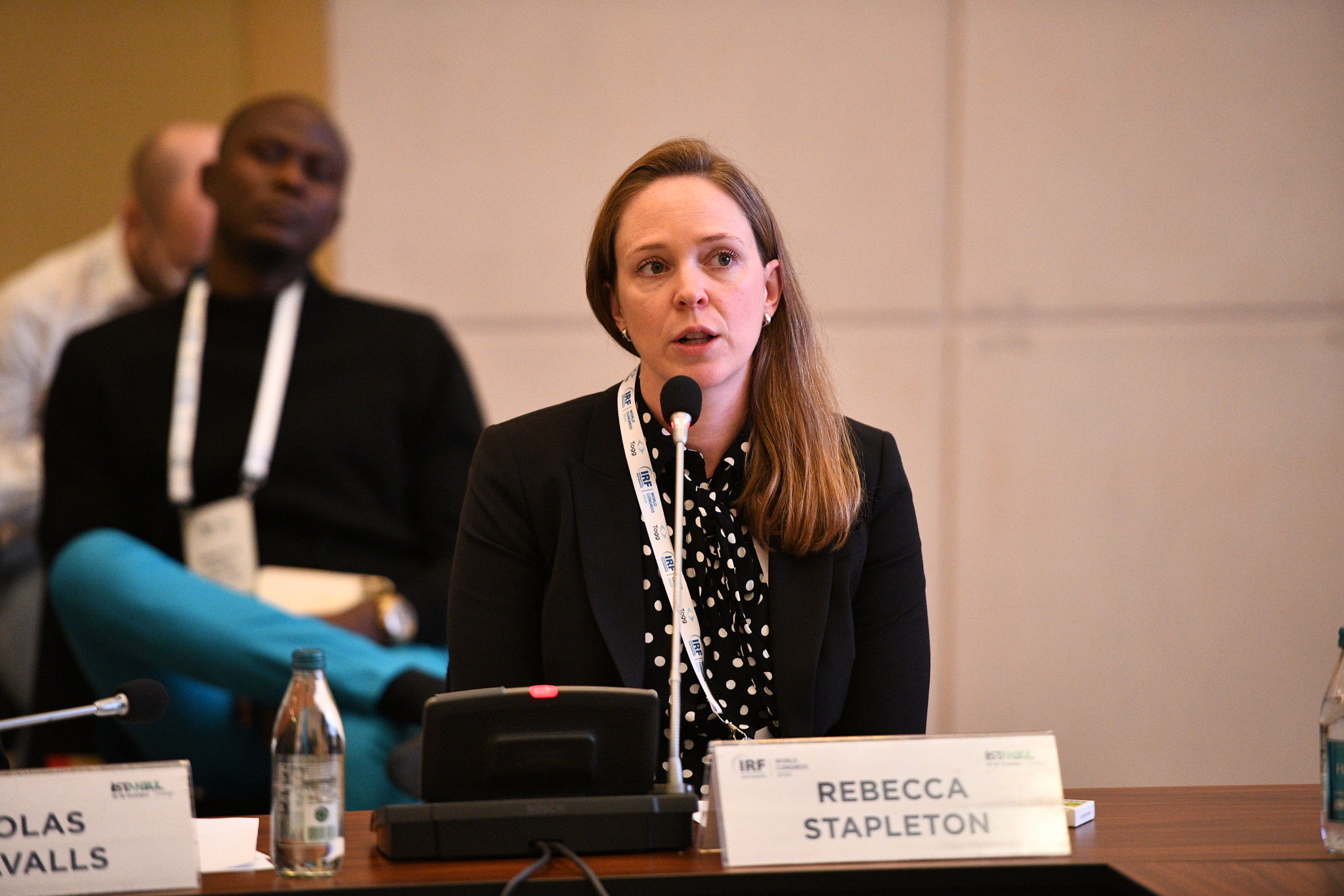
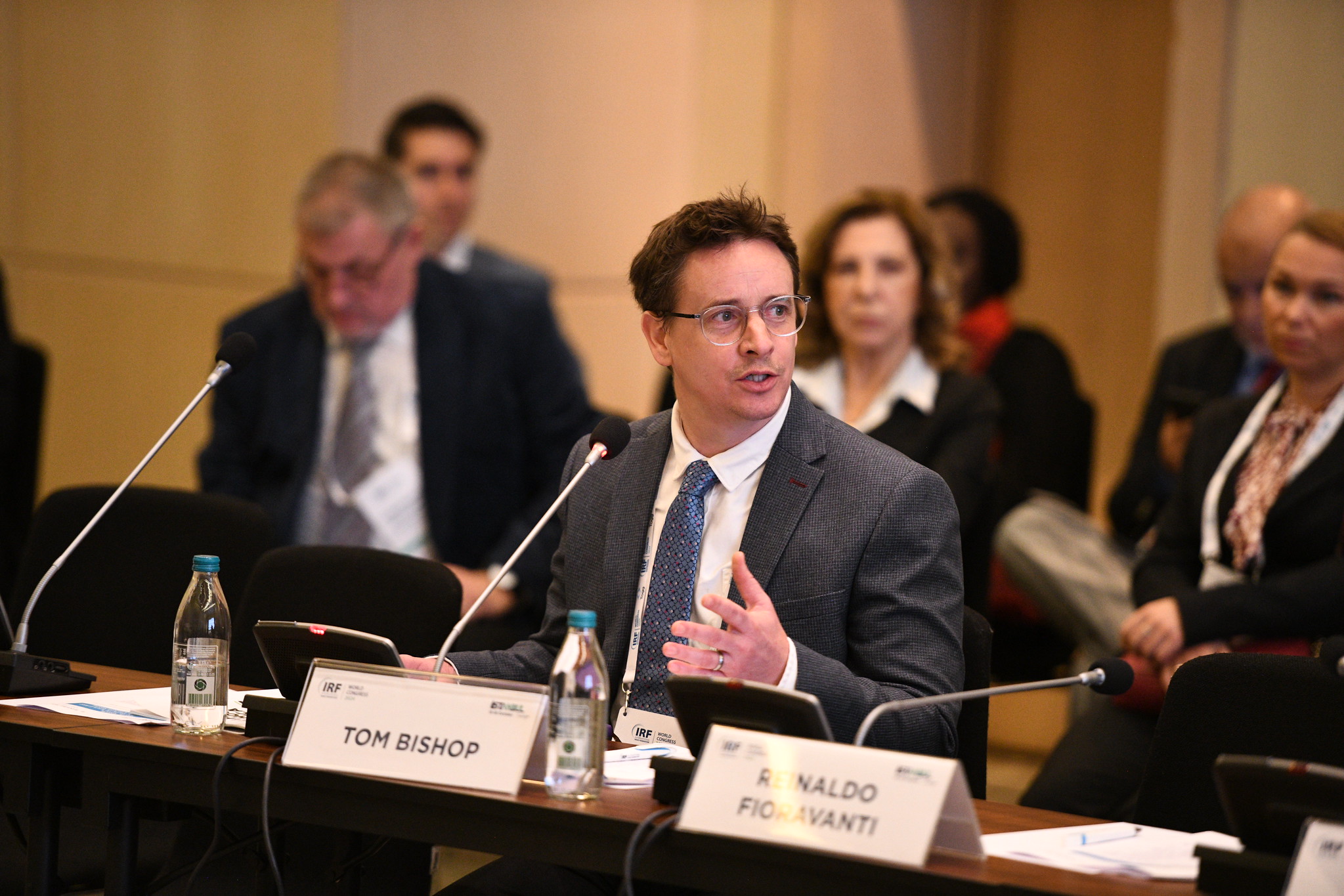
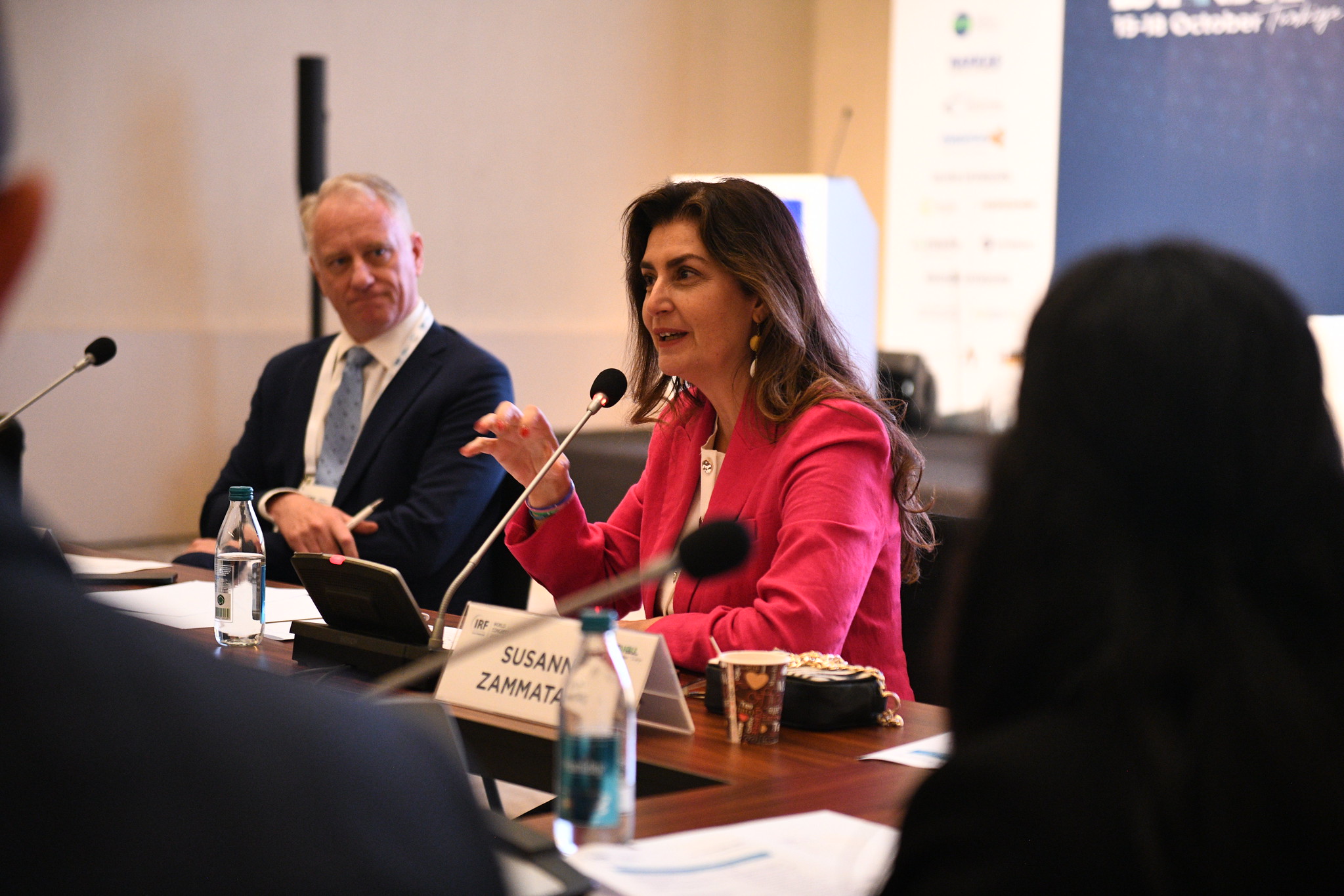
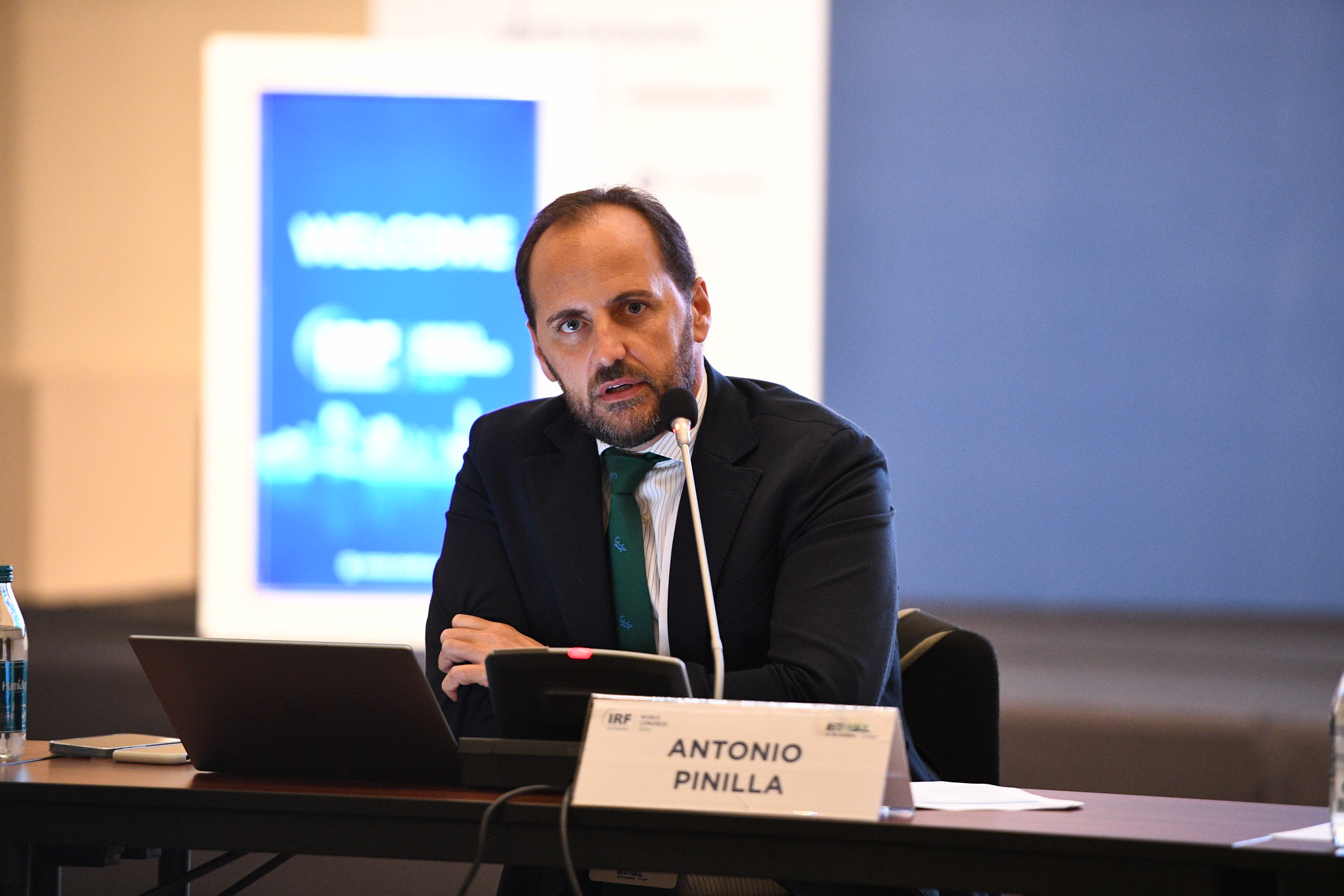
Um movimento global para projetos de estradas mais seguros
A Mesa Redonda faz parte de um conjunto de atividades nas quais o iRAP e seus parceiros estão envolvidos para atingir o objetivo crítico de melhorar a segurança dos projetos de estradas em todo o mundo:
- iRAP, IRF e a Fundação FIA estão realizando um #SaferRoadsPledge global convocando organizações envolvidas no projeto e financiamento de estradas a prometerem seu comprometimento com estradas mais seguras antes da Conferência Ministerial em fevereiro de 2025 em Marrakech. A campanha já recebeu promessas de 55 países. Veja as empresas de design que se comprometeram até agora, incluindo Aurecon, que foi o primeiro no mundo a prometer, e adicione o seu próprio em irap.org/pledge.
- Durante o Congresso, foram lançadas melhorias no Star Rating for Designs Web App do iRAP. Leia sobre isso aqui.
- Um Masterclass Skills Training foi realizado em Istambul para engenheiros e uma sessão online gratuita #RAPKnowledgeLIVE compartilhou os recursos aprimorados da ferramenta. Assista à gravação aqui.
- A iRAP está consultando provedores globais de software de projeto de estradas para a incorporação de Star Ratings nos principais softwares de criação de projeto de estradas. Isso permitiria que engenheiros e projetistas de estradas vissem a Star Rating de segurança de seus projetos, estimativas associadas de ferimentos fatais e graves, e ajustassem seu projeto para garantir que o padrão mínimo de segurança de 3 estrelas seja alcançado para todos os usuários da estrada antes de ser aprovado e as obras civis começarem. Ajude a construir uma demanda global por isso entrando em contato com seu provedor de software de projeto preferido.
- Veja como a Arup está usando o SR4D para melhorar a segurança de seus projetos rodoviários e sua estratégia corporativa para Outcome Led Design para salvar vidas aqui.
